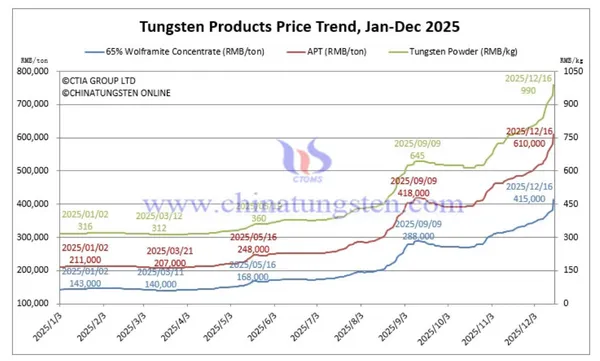 Opinion
Opinion

Hoàng Thanh Vân, director of the Department of Breeding under the Ministry of Agriculture and Rural Development, speaks to the Kinh Tế Đô Thị (Economics and Urban Affairs) newspaper about managing imported meat.
 |
| Hoàng Thanh Vân |
Hoàng Thanh Vân, director of the Department of Breeding under the Ministry of Agriculture and Rural Development, speaks to Kinh Tế Đô Thị (Economics and Urban Affairs) newspaper about managing imported meat.
Domestic breeders worry that imported meat will compete with domestic breeding products and decrease domestic breeding products’ prices. What do you think?
Firstly, imported meat occupies only seven or eight per cent of total meat for consumption, so it will not strongly affect the market. Last year, Việt Nam imported nearly 10,500 tonnes of pork, 22 per cent of which from Poland, 16.2 per cent from Spain, 13.1 per cent from Germany, 10.1 per cent from the US and 9.7 per cent from Brazil. This number is small compared with Việt Nam’s total meat production.
In pork, Việt Nam produces a fairly great amount of pork at good quality. In chicken, last year the country imported more than 121,000 tonnes, mostly from the US, Brazil and South Korea, making up about eight per cent of the total consumption chicken. This number is not large enough to affect the market’s prices. According to international regulations, if a country’s imported products occupy 25 per cent of total consumption, they can regulate the market.
Much imported meat is cheaper than domestic meat, which worries consumers. What do you think?
Most imported meat is equal, or cheaper than domestic meat. Specifically, beef is about 200,000-300,000 (US$8.9-13) per kilogramme, chicken is VNĐ25,000 ($1.1) per kilogramme, and pork is VNĐ70,000-80,000 ($3-3.5) per kilogramme.
The reason for this is that manufacturing prices in other countries are lower. Although the amount of imported meat is small, with low prices, consumers and domestic traders often compare it with domestic products. In several cases, it can have a bad affect on domestic producers. On the other hand, imports help domestic breeders look for ways to lower their prices and improve competitiveness.
Recently several chicken products, reportedly imported goods, have been sold at VNĐ7,000-8,000 (30-35 cents) per kilogramme. Does any actual imported chicken have such prices?
The Department of Breeding assigned inspectors to check different supermarkets, and did not discover substandard or out-of-date chicken. Moreover, the price of imported chicken last year was 82 cents per kilogramme, not including expenses for transport, store and taxes. So I can confirm that no imported chicken is sold at several thousands đồng per kilogramme as has been rumoured. Moreover, people in different countries often use breast, so breast prices are quite high, about VNĐ80,000-90,000 ($3.5-4) per kilogramme whereas legs and wings are cheaper, about VNĐ25,000 ($1.1).
Some think that management of imported meat is not strong enough. What do you think?
At present, Việt Nam exchanges goods with other countries based on multilateral and bilateral trade deals, so meat import and export is normal work, not too easy and not too difficult. All of the products are checked carefully by competent organisations to ensure quality. But in the future, more management should be set up to make consumers feel secure.
One difficult task is that Việt Nam bans several substances in breeding whereas several countries still allow these substances. The Department of Breeding proposes to check all norms and regulations to ensure both bilateral relations and product quality. — VNS




